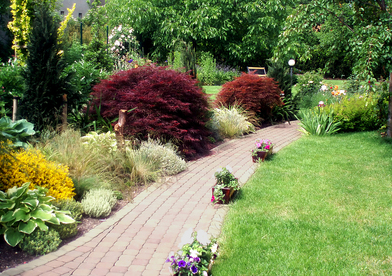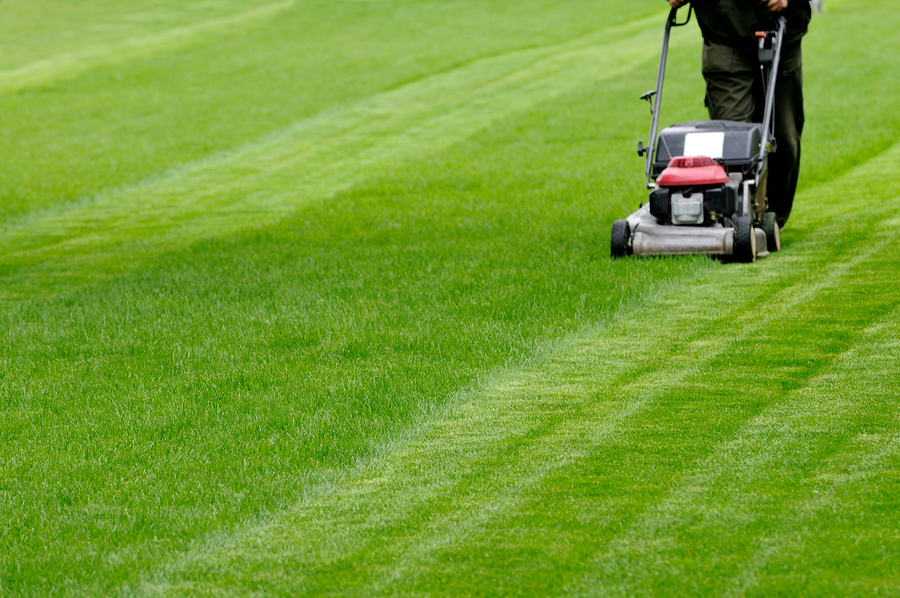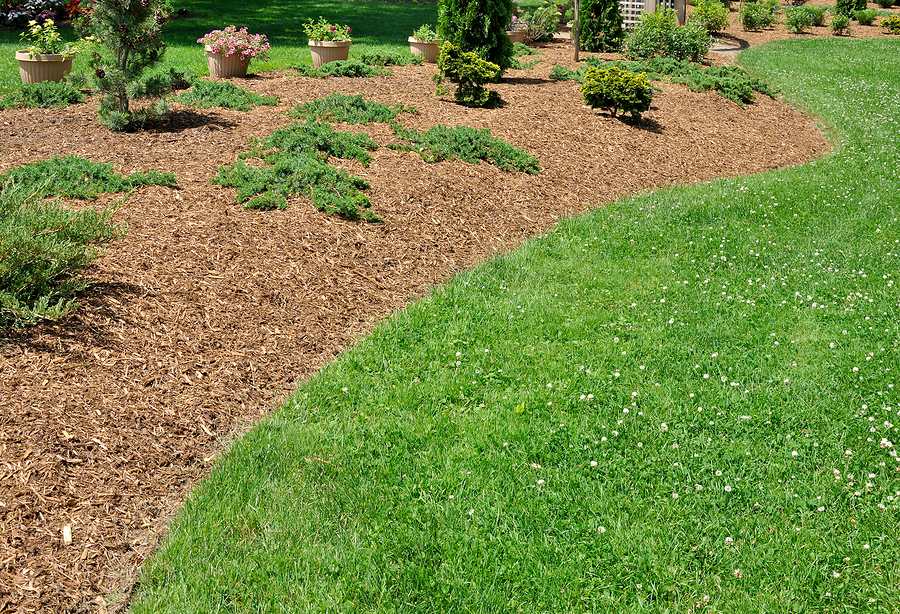Surface Insect Control for Lawn Care - Expert Tips You Should Know
Click here To Call: 540-701-3559
|
The secret to a beautiful and healthy lawn is the absence of pests that can cause significant damages to it including cutworms, chinch bugs and similar insects. So, you should make it a point to inspect your lawn regularly and ward off these pests with proper techniques as presented in this article.
When Lawn Pests Attack The process of controlling pest infestations on the surface of your lawn starts with proper identification of bugs that cause some damages on your yard. Keep in mind that controlling these insects can only be possible during specific times throughout their lifecycles. Hence, you cannot eliminate these completely at any time you want or choose to do so. In fact, what professionals do is identify these pests, the level or extent of infestation and the insects' life cycle. After taking all of these into account, the right technique and product are used to eradicate this issue once and for all. Surface insects that commonly create problems to your lawn include the chinch bugs and billbugs. These pests usually attack during the summer when the weather is scorching hot and humid, but these may also affect your lawn during wet months. Moreover, you may notice these bugs affecting your stressed out turf. Since the damage caused by these insects is evident, you can notice it during the initial stages of attack. Controlling Insects on the Surface of Your Lawn Billbugs in their mature stages tend te be more active once the temperature of the soil surface goes up to 65 degrees, which is during April to May. Once these bugs have emerged, they invade crops and grasses and feed on these, then female billbugs lay eggs into the grass stem. By early July, these eggs have already been laid, and the larvae soon hatch before getting into the stem. Another month or two after, the larva gets bigger and remain in the soil until it reaches maturity and emerge from the ground by August until September. You will notice some browning spots in the turf once billbugs invade your lawn. The soil remains solid, although there seems to be other problems involved. To make sure the damage is caused by billbugs, pull the affected turf and check if it breaks easily just within ground level. Other signs include hollowed out stems, which may also be filled with substances that look like sawdust. Controlling these pests may be done by aerating the thatch layer, fertilizing the soil and making sure that the billbugs are exposed to insect predators and birds. The application of systemic insecticides also help, as well as using tolerant or resistant types of bluegrass cultivars. As for chinch bugs, these have two broods per year – in June and August. However, the more destructive brood is the one that occurs in August, which require careful attention. Signs of damage caused by these pests include the change of color in the patches of sod that start out as light grayish brown until these die out eventually. These bugs suck the juice from the stems' base and crown, and the entire grass can die with significant amount of chinch in the yard. The best way to control this bug is by aerating the area by removing the thatch layer. This way, drainage and fertilization are improved while exposing these pests to predators. You can also apply some granular insecticides to kill these pests. Then, be sure the yard is kept moist to activate beneficial fungi that can exterminate chinch bugs. These tips can aid in giving you a more attractive lawn that is free from damage-causing bugs impacting its beauty and health. Mowing Basics that Every Homeowner Should Know |
|



